The Sweet Spot, Flow, and Calling
Commonalities in Models of Experiential Value
I’ve long been fascinated with the relationship between (a) our Four Experiential Realms model (the 4Es) and its “Sweet Spot” in which four types of experiential value combine to create an engaging experience, and (b) Mihaly Csikszentmihalyi’s concept of “Flow,” especially since the latter is often described as both the engaged state of “complete absorption” and being “fully immersed” in some activity.
For the record, the 4Es were not developed with reference to or knowledge of Csikszentmihalyi’s model; the whole framework occurred to me in a moment when I was contemplating the most profound of experiences, namely the Christian sacraments of Communion (“Take eat, this is my body”) and baptism, especially infant baptism (passive immersion, in water).
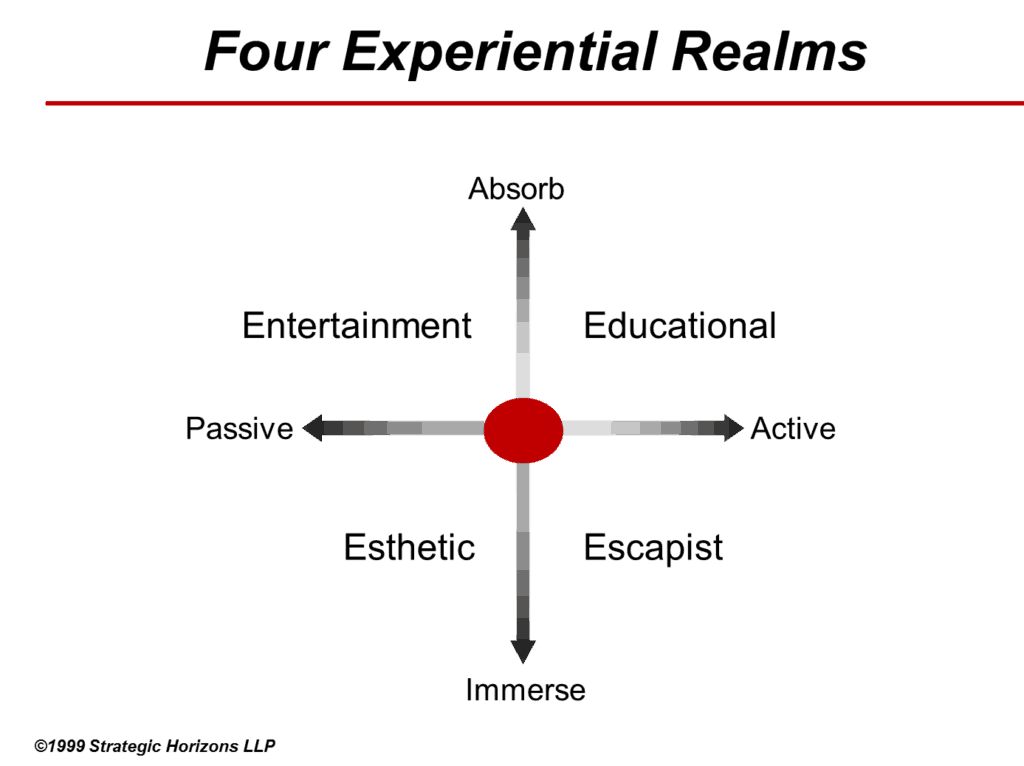
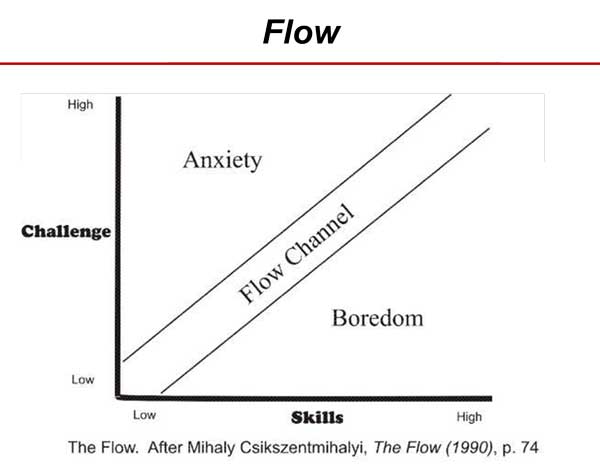
The Pinwheel Model of Flow
I’ve also been intrigued by the more elaborate treatment of Flow in which four different states of experiences are identified when Challenge exceeds Skill, and four more identified when Skill exceeds Challenge. The resulting version of the Flow model presents a pinwheel of options in a circular continuum of experiential states, interestingly enough, intersecting at the center of the diagram!
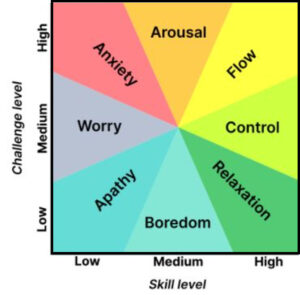
Developing a Pinwheel Model of the 4Es
I’m been so enthralled with the relationship, and that pinwheel Flow model, that I’ve often experimented in my journaling activities with trying to develop a similar pinwheel version of the Four Experiential Realms, essentially seeking to identify multiple (deconstructed?) genres of Entertainment, Educational, Escapist, and Esthetic experiences.
I’ve finally come up with something satisfactory, at least enough so to share publicly. Here it is:
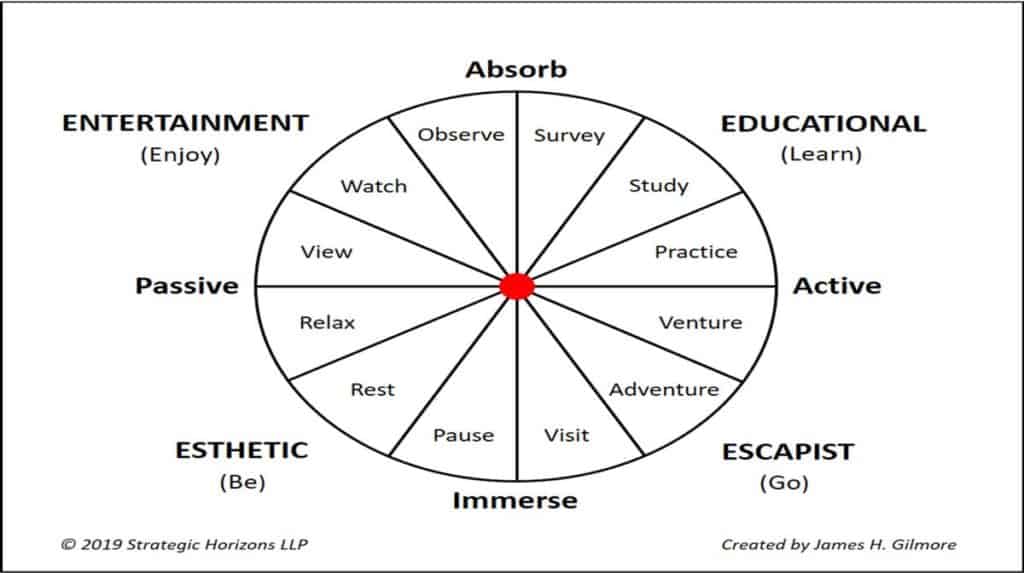
The result at least provides a new working approach for fostering further thought when considering different models of experiential value. For example, I am immediately struck by the possibilities of examining the pairing of experiences on opposite sides of the circle (e.g. visit-and-observe, pause-and-survey, relax-and-practice, etc.).
Flow & Calling
And while I am here sharing a personal perspective on the 4E model, let me also share this discovery I made many years ago, one which I often share with undergraduate students contemplating their future pursuits.
It’s a comparison of the concept of Flow and the outlook on Calling as articulated by 1727 by Richard Steele in his book, The Religious Tradesman. In reading Steele, I was struck by how his 18th Century terminology correlated with the terms used 250 years later by Mihaly Csikszentmihalyi.
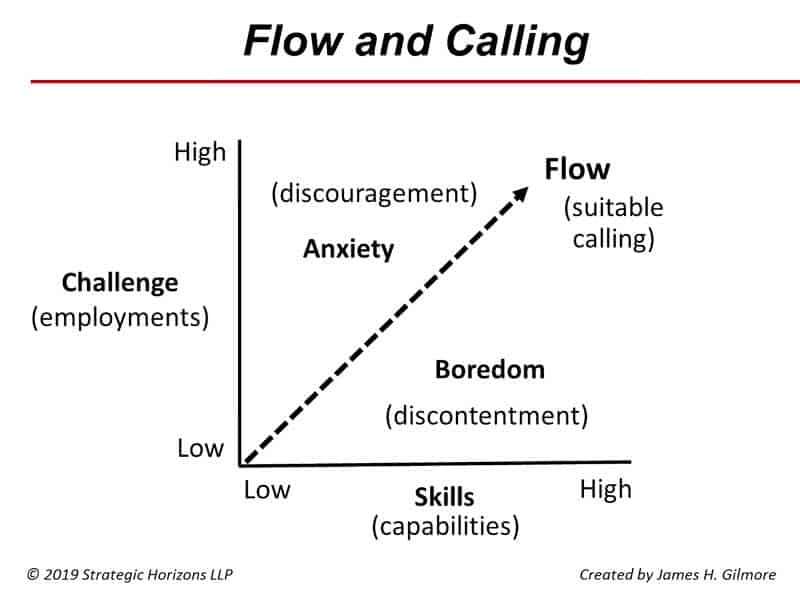
Uncanny Parallels Across Models of Experiential Value
What most fascinates me about this uncanny parallelism? Flow addresses feeling, happiness, ecstasy⎯sensations that exist in the moment, time valued in the experiencing itself; whereas Calling extends this sense of value throughout the course of one’s entire life, indeed elevates it to include a more meaningful sense of purpose.



